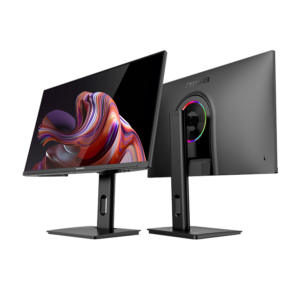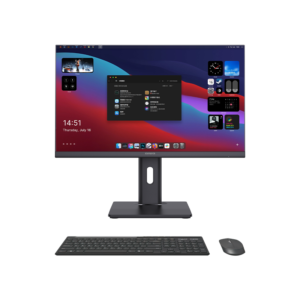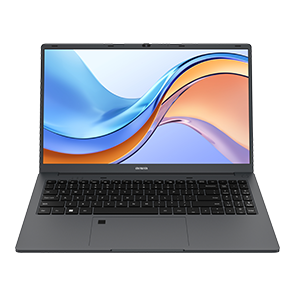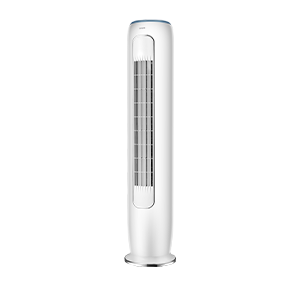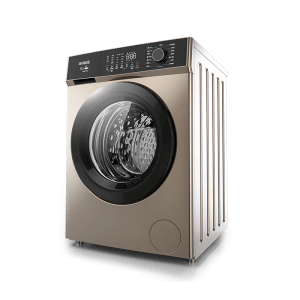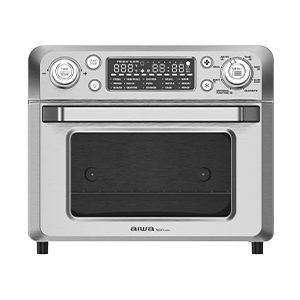If you’re sitting in a room surrounded by Aiwa speakers or TVs, then you probably already know how great they sound and look. But did you know that their manufacturing process is so impressive that it can even give your TVs an edge over more expensive rivals? This article looks at how the technology in these TVs can actually be superior to their more costly counterparts.

What is the benefit of High–Resolution, Low Refresh Rate Displays?
High-resolution, low refresh rate display screen is becoming more and more common these days. They offer a number of benefits that may be worth considering if you’re looking for an upgrade in your home theater setup.
First, high-resolution, low-refresh rate displays can provide a much sharper image than standard monitors. This is due to the fact that they can display more colors simultaneously than regular monitors, which results in a more detailed image. In addition, this type of display is typically less prone to motion blur and provides a smoother overall viewing experience.
Another benefit of high resolution, low refresh rate displays is that they can be used with gaming consoles and other devices that require high-quality graphics. By opting for a display of this type, you’ll be able to get the most out of your games and entertainment experiences.
How are high–resolution, low–refresh rate displays differently than traditional displays?
High-resolution, low refresh rate displays are different in a few ways from traditional displays. First and foremost, they require a more powerful graphics card to run. This is because the displays need to send more data to the user than a traditional display does. Additionally, these displays tend to be more power hungry, so you’ll need an adequate power supply if you’re going to use one in your home.
Another difference between these displays and traditional ones is that they often have shorter lifespans. Because these displays need to send lots of data constantly, they can quickly become outdated and start to fail. Finally, high-resolution, low refresh rate displays are often more expensive than traditional ones.
Conclusion
The days of low resolution, low refresh rate displays are behind us. This is great news for those who are looking to get the most out of their gaming experience or for anyone who wants an ultra-high-definition television that does not suffer from lag or choppiness.









